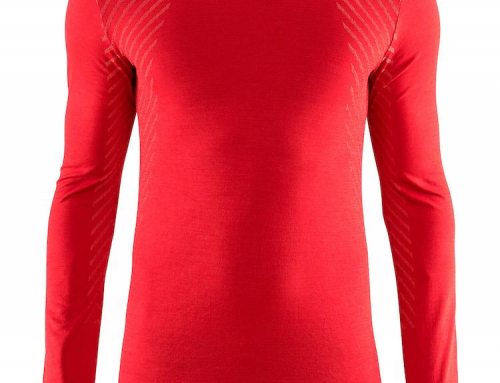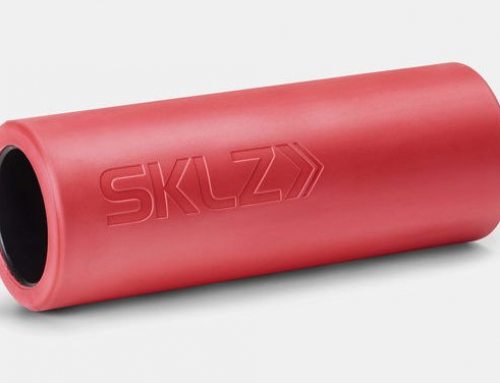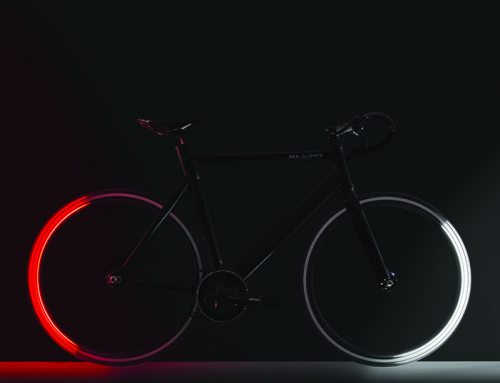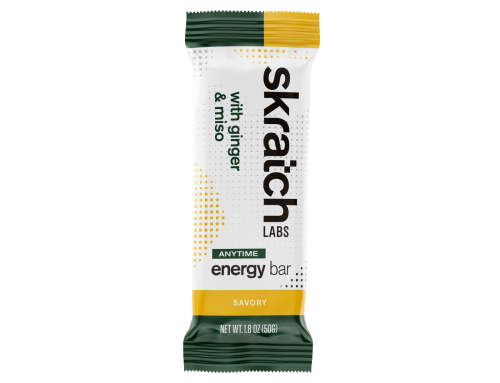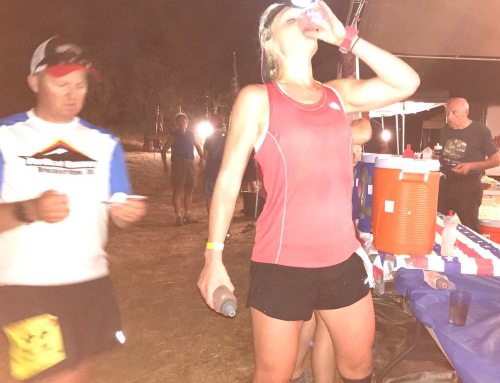If you’re looking for your first wetsuit or just a good suit to get you through the early season cold water races, the Orca S2 is the wetsuit for you. Orca is probably better known for their high-end wetsuits, selling for well over $500. Based in New Zealand, Orca has traditionally focused sponsorship on ITU and Olympic triathletes, most of them Australians, Kiwis, or Europeans. It is not surprising then that in the U.S., Orca is not as much a household name as Blue Seventy or Quintana Roo. However, their experience in making wetsuits dates back to the mid-1990s, and they sponsor athletes like Craig Alexander, who won the world 70.3 distance title using an Orca wetsuit during the swim.
Orca actually hit the U.S. market more than 10 years a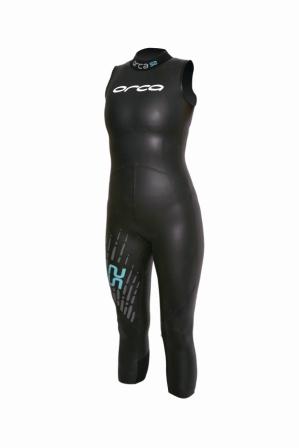 go, with sleek looking black wetsuits with some white patterns that resembled those of the killer whale by the same name. The suits performed well, but sizing and fitting were an issue: they seemed to be made only for the lean athlete with 3% body fat. The average age-group athlete had a horrible time getting one of those suits on. Distribution was also a problem, as the suits came from Southeast Asia and the U.S distributor never seemed to be able to fulfill orders in a timely way. Better knowledge of the U.S. market and new relationships has changed all that. The current Orca wetsuit sizes now fit age-group athletes even better than some U.S. competitors, and a distribution partnership with Orbea bikes has ensured prompt availability in the U.S.
go, with sleek looking black wetsuits with some white patterns that resembled those of the killer whale by the same name. The suits performed well, but sizing and fitting were an issue: they seemed to be made only for the lean athlete with 3% body fat. The average age-group athlete had a horrible time getting one of those suits on. Distribution was also a problem, as the suits came from Southeast Asia and the U.S distributor never seemed to be able to fulfill orders in a timely way. Better knowledge of the U.S. market and new relationships has changed all that. The current Orca wetsuit sizes now fit age-group athletes even better than some U.S. competitors, and a distribution partnership with Orbea bikes has ensured prompt availability in the U.S.
The S2 builds on the success of Orca’s S1 wetsuit but uses a lighter, more flexible neoprene. It is a no-frills suit, but incredibly functional. It offers all the basic features that are necessary for a swimming wetsuit to work without the gimmicks that are often found in other wetsuits.
The material used is a water-resistant neoprene with a smoothskin outer layer that is durable and yet flexible. Orca uses varying thicknesses in different parts of the suit to achieve the perfect balance between buoyancy and flexibility. Generally, the thicker the material, the more buoyancy it will provide. In turn, the thinner the material, the more flexible it will be. The 5 mm “HydroLift” panels are strategically used on the front and back of the legs as well as front torso to provide outstanding buoyancy and warmth. The 3-mm back offers more flexibility and helps prevent overheating. The 3-mm “Flexiseal” Neck provides flexibility and comfort in an area that can be troublesome for a lot of athletes. Finally, the 3-mm Speed Transition Calf Panel ensures a fast wetsuit removal in transition. This is a nice touch for an entry-level suit. Anyone who has ever watched a triathlon transition knows that it is the novices that have most trouble getting off their wetsuits.
I found the S2 to be just what it claims to be: a good wetsuit for those looking at not spending too much money. Getting the wetsuit on was easier than usual. The durable material and more generous fit will definitely help avoid a traumatic experience of putting on a wetsuit for some.
The Orca sizing chart was right on when dictating that I should wear a MT (medium tall). I have to point out that I found Orca’s sizing names, using a mix of numbers and letters to be somewhat bizarre. Instead of calling the smaller suit an X-Small, they call it a 4 and a Small a 5, and so on. However, the Medium Tall is called a MT and the women’s sizes are the conventional XS, S, M, and L. I believe that this is still leftover nomenclature from its early days that just has not yet been fully updated. As long as you have an equivalency chart, this is not a problem. More importantly, unlike other brands, for the most part the Orca wetsuit size chart seems to accurately predict the correct individual fit.
In a longjohn, the trick is to have the suit tight enough to prevent excess water rushing in from the neck and armholes but not so tight that it prevents breathing and causes the familiar claustrophobic feeling. In my case, the S2 was just right. No issues either way. Another positive is that I didn’t even use Body Glide to reduce friction, and once the suit came off there were no chafing marks. The buoyancy was good, as my legs and lower torso were able to glide high in the water. Taking the wetsuit off was a breeze, even for someone with a tight ankle such as me-and again, this was done without any lubing.
I suspect that the smoothskin used by Orca on the S2 is the not the most hydrodynamic in the market, judging by the price of the suit and by the fact that Orca did not spend two paragraphs talking about it on its website and literature. However, in the real world it performed fine.
The Orca S2 is not the fastest suit I ever used, but it gets the job done just fine. If you’re doing one of the White Lake Triathlons or the Beaverdam Olympic Distance this spring, you will likely need a wetsuit. If you’re tired of renting or borrowing a friend’s wetsuit, this is the perfect opportunity to get an affordable wetsuit. It used to be that $200 was the going retail price for a good longjohn wetsuit, but lately, those wetsuits have been sneaking up in price to the mid-$200s and even into $300s. Orca went the other way this year, and the result was still a quality product.
# # #
Cid Cardoso Jr., owner of Inside-Out Sports, has been doing triathlons for over twenty years. Last October, he competed in his 21st Ironman-his sixth appearance at Kona. A veteran of ultramarathons, he has competed in Team RAAM twice. He has seen equipment evolve with the sport and continues to test new products to assess their impact in performance. He trains, works and resides in Cary, NC, with his wife, two daughters, and son. You can reach him at cidjr@insideouts


